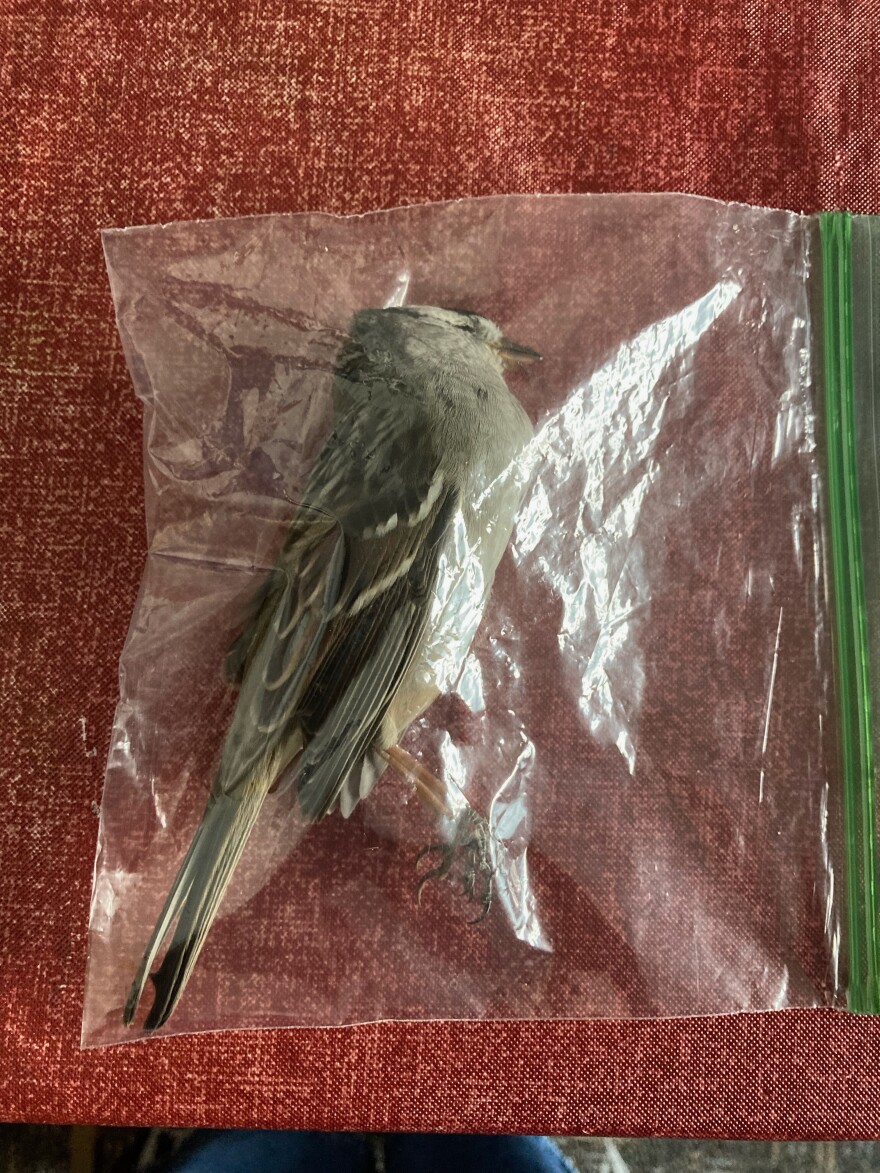The leaves are changing, the weather is cooling off and many birds are beginning to fly south for winter. There are many challenges birds face as they migrate. But there are ways people can help make birds' journeys a bit safer.
As summer changes to fall here in the Northern Hemisphere, nearly four thousand species of birds migrate south for the winter. These journeys are demanding: birds can fly up to six-hundred miles in a day. And they face countless challenges along their migration routes including getting eaten by cats, being disoriented by light pollution and colliding with windows.
Window collisions happen more often on more reflective windows, said Dr. Kim Sulivan, an ornithologist at USU.
“They may see a reflection of sky or tree in your window, and they can get flying up to about 30 miles an hour and about 15 feet, they really hit hard, and that's a loud thunk.”
To reduce bird strikes on homes and buildings, Dr. Sullivan had some suggestions. Such as, stretching monofilament line across windows at four inch intervals. “You really rarely see any disruption of the view, but the birds are able to see that monofilament line pretty clearly.”
People can also place vinyl dots in four inch grids across windows, like some buildings at USU have done. She says screens on windows and even keeping blinds or curtains drawn can help as well.
Last fall saw an unprecedented migratory bird die-off, where thousands of birds were found dead across the Southwestern US. Dr. Sullivan explained what caused this.
“They did not have the fat that birds normally put on prior to migration that will help to sustain them through this long time period of high energy expenditure. There was also a concern that they may have had, you know, problems based on smoke inhalation from flying through the very smoky air around wildfires.”
With another extreme wildfire season this year, and drought continuing to reduce food availability for birds, Dr. Sullivan said we could see similar die-offs, although areas in the Southwest will offer a respite.
“Southern Arizona and New Mexico got a very good monsoon season this year. So once birds arrive in those areas there, there should be a lot of food.”
Continuing to keep bird feeders stocked with high calorie options like suet cakes can help birds on their journey, as well as turning off outdoor lights at night, keeping cats inside and making those windows easier for birds to see



